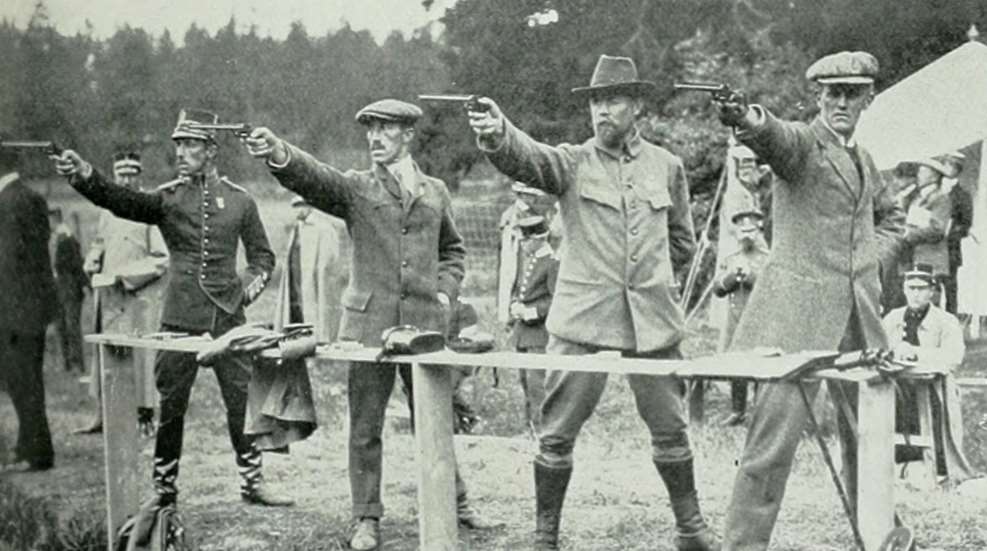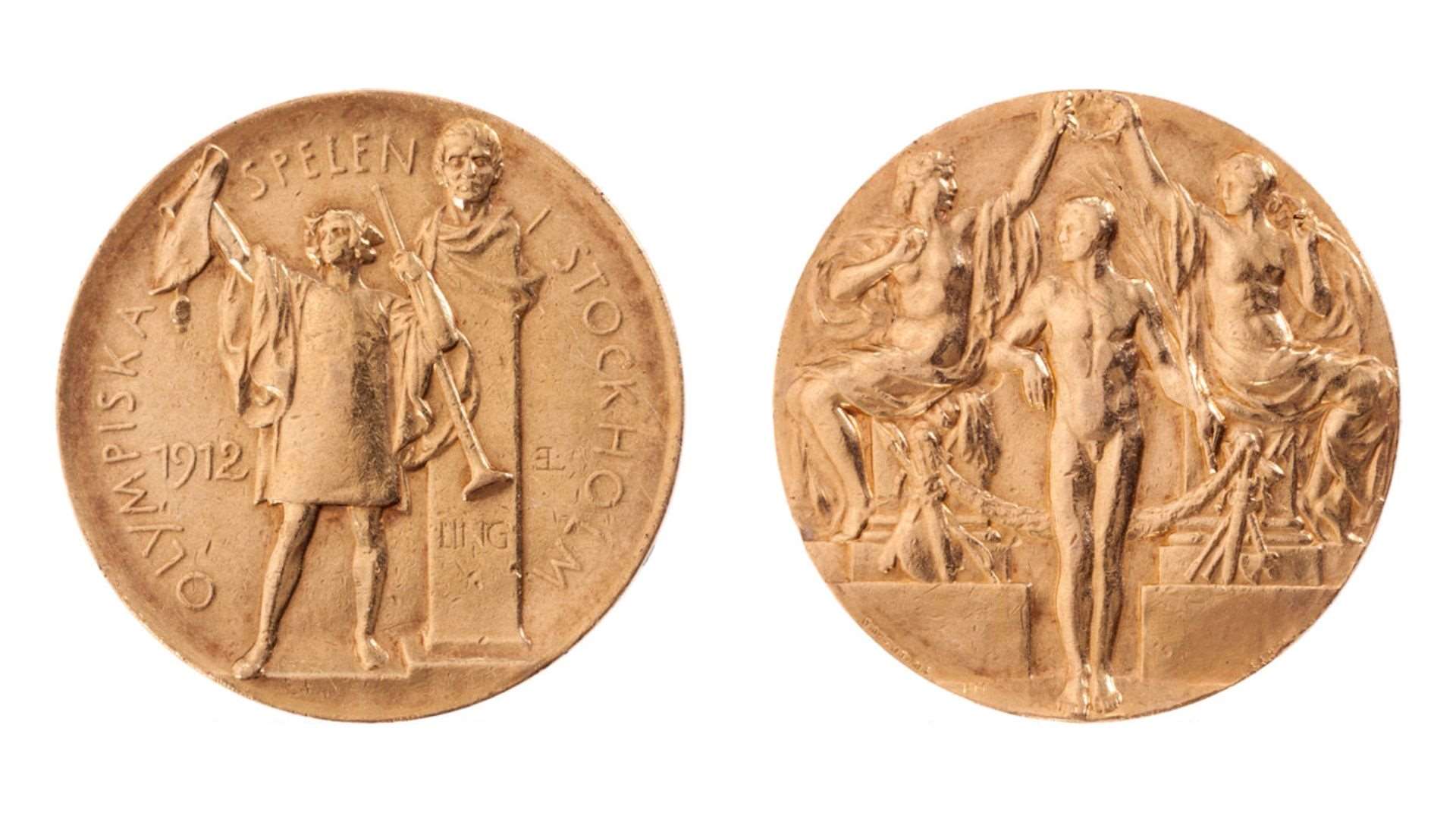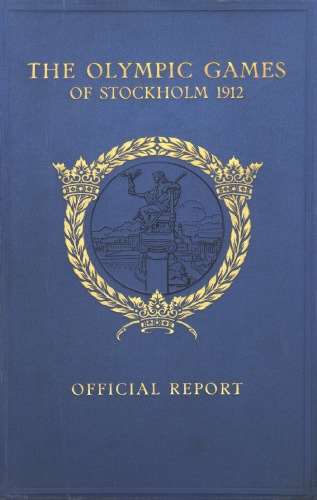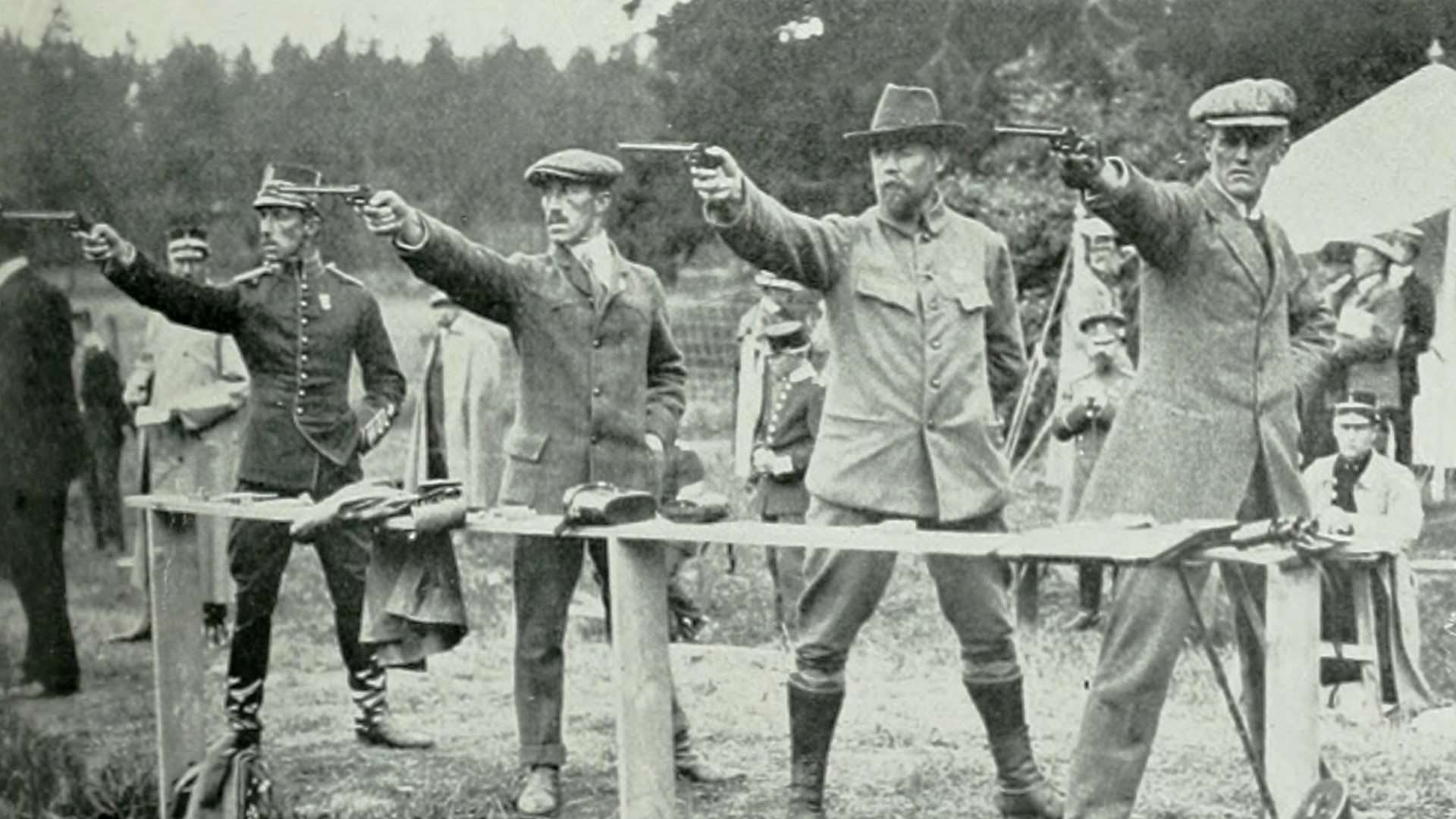
The below is an excerpt from the 1978 book, Olympic Shooting, written by Col. Jim Crossman and published by the NRA.
1912—Stockholm: The Games Become An Event
By Colonel Jim Crossman
The pistol shooters of the U.S. Revolver Association were fairly happy with the way things went in 1908. They had managed to gather enough money to pay for the expenses of the team, and they had a reasonably satisfactory series of preliminary and final tryouts to pick the squad. The U.S. team lead of 51 points over the next place gave convincing proof that the American shooters were good, especially since some felt their guns were not the equal of the European pistols for this particular match. While Gorman and Axtell ended up behind two Belgians in the individual match, the Americans were convinced that Gorman's bronze medal should have been a gold, and would have been except for the unfortunate ruling on his claimed "double." So the handgunners could look forward to doing it all pretty much the same way in 1912.

But the rifle shooters saw the necessity for doing many things differently. Since it was not wise to count on a philanthropic Mr. Dimick to pop up each time, it seemed like a good idea to start digging for the money early in the game. The system of preliminary and final tryouts appeared to be good. But the team in 1908 had very little chance to practice together as a team and it seemed highly desirable to get the team together for some shooting before they went overseas.
Out of the four team matches in 1908—the International, the 300-meter, the miniature rifle and the running deer—the U.S. entered only the International. Of the seven individual matches, the U.S. was really serious only about the 1,000-yard match. While Simon took a silver medal in the 300-meter event, this was a great surprise to all concerned, since his lack of training and inferior equipment for this specialized event should have forced him well down. Although Walter Winans won a gold medal for the U.S., this was more a tribute to his skill and training in England than to any training he received in the U.S. shooting.
In looking back, then, it seemed that while the Americans did what they started out to do, they had missed some other chances to show their skill. While they were not to be blamed for not entering the unusual matches, with some warning and a chance to practice these courses, the American skill and adaptability should have produced some winners. All in all, it seemed to the rifle shooters that they should do things differently next time. The shotgun shooters had no such problem—they had not been represented at Uxendon in 1908.
The Swedes decided to do things differently, too. They were well aware of the unfortunate incidents which marred the track and field events in 1908. In fact there were those who felt that affairs like 1908 did more harm than good and if this was the way Olympic Games were going to be, everyone would be better off without them. A careful study of the matter was made by the Swedes and they took steps to emphasize those good features of 1908 and to do as much as possible to eliminate the chances for trouble.
1908 was the year of the big brawl, so if the Swedish Games were a flop, it was going to be mighty hard to arouse any interest in the future.
There were those, too, who felt that Sweden could not make a success of such a big, complicated and expensive proposition as the Olympic Games. A sparsely settled country, off to one side of the main paths between the powerful European countries, Sweden hardly seemed like an ideal choice for the incidental responsibility of determining the future of the Games. While the Games of 1896 had given the Olympic idea a good start, 1900 and 1904 got off the track. In both cases, the Games were a mere adjunct to a big fair and aroused very little popular interest. 1908 was the year of the big brawl, so if the Swedish Games were a flop, it was going to be mighty hard to arouse any interest in the future.
It was fortunate that the Swedes decided to do things differently—especially those things which had gone wrong in the past. As it turned out, they did a superb job and, by and large, everyone was extremely well pleased with the organization, planning and operation of the Games. To finance the effort, the government authorized a lottery and raised nearly $700,000, about half of which went to build an impressive, fine new stadium.
While events in previous Games had been determined by the sponsoring nation, as early as 1909 the Swedish delegation proposed a standard program for future Games. The proposal included those branches of athletics which were available to all and which were not specially adapted to only one country, to avoid giving anyone a special advantage. It was finally decided that the track-and-field events, fencing, gymnastics, swimming and wrestling should be the base of the program and should comprise the events of the Olympic Week. Other events were added later, tennis and shooting being scheduled just prior to Olympic Week, while equestrian and yachting events were scheduled following the main program.

Baron de Coubertin (founder of the modern Olympics) had been anxious to expand the Olympic program in other directions, and to his satisfaction the Swedish Olympic Committee included recognition of the fine arts. Contests were held in literature, painting, sculpture, architecture and music. (The fine arts and the Olympics are still connected—Ed.)
De Coubertin also proposed that, aside from the actual competitions, Olympic medals should be awarded to those persons who, since the last Olympiad, had performed the greatest feats in mountain climbing, game shooting and aeronautics. The committee agreed to include mountain climbing and game shooting. The leading Alpine and shooting associations of the various countries were invited to enter candidates, with an account including the full details of the feat in question. A special jury would consider all entries.
Swedish shooters were not very familiar with pistol and revolver shooting or the miniature rifle events, but they included these so as to satisfy the wishes of competitors from abroad. The final program included:
I. Army Rifle Shooting
- The International, a team match at 200, 400, 500 and 600 meters; 15 shots at each range.
- Individual match at 600 meters; 20 shots.
- 300-meter individual match; various positions against a time limit.
II. Shooting with Any Rifle
- Team match at 300 meters, 3 positions; 40 shots per person per position.
- Individual match at 300 meters, 3 positions; 40 shots per position.
III. Miniature Rifle Shooting
- Team match at 50 meters slow fire; 40 shots per person.
- Individual match at 50 meters slow fire; 40 shots.
- Team match at 25 meters, disappearing target; 25 shots per person.
- Individual match at 25 meters, disappearing target; 25 shots.
IV. Pistol and Revolver Shooting
- Team match at 50 meters slow fire; 60 shots per person.
- Individual match at 50 meters slow fire; 60 shots.
- Team competition at duel-shooting at 30 meters, disappearing target; 30 shots per person.
- Individual match over the same course-of-fire.
V. Clay Bird Shooting
- Team competition at 100 birds.
- Individual competition at 100 birds.
VI. Running Deer Shooting
- Team competition, single shots; 10 shots per person.
- Individual competition single shots; 10 shots per person.
- Individual competition, double shots; 20 shots per person.
This elaborate program was based on the one developed by the British for the Games of 1908, but with changes to fit Swedish conditions.
The International team match was again a multi-stage affair, but with the longest range at 600 meters. The Americans were disappointed, because they felt the long ranges (800, 900 and 1,000 yards) were their specialty. The new 4-stage match was shot on different targets, in some ways easier and in some ways more difficult than the British targets for the same general ranges. While the British 200-yard 5-ring was smaller than the Swedish 200-meter bull (6 inches compared to 7.9 inches), the bull on the U.K. target used at the 500- and 600-yard stages was larger than the Swedish 500- and 600-meter bull (20 inches compared to 15.8 inches). The 600-meter range is getting close to 700 yards, which makes the Swedish target even more difficult.
Read Part 2 of our retrospective on the Stockholm 1912 Olympic Games. Subscribe to the free Insider newsletter for the latest updates.

Photo: Erik Boström (second from right) and the Swedish 50-meter free pistol team at the 1912 Olympic Games. Taken from the pp. 258 of the official report of the 1912 Olympic Games of Stockholm that was printed in Stockholm, Sweden, in 1913. The photographer is unknown, photo is courtesy of Wikimedia Commons.
Read more: London 1908 Olympics: The U.S. Team Almost Missed The Games


































